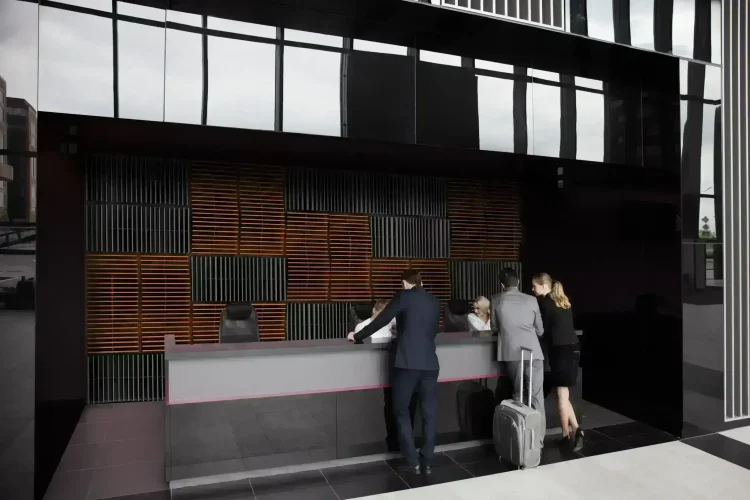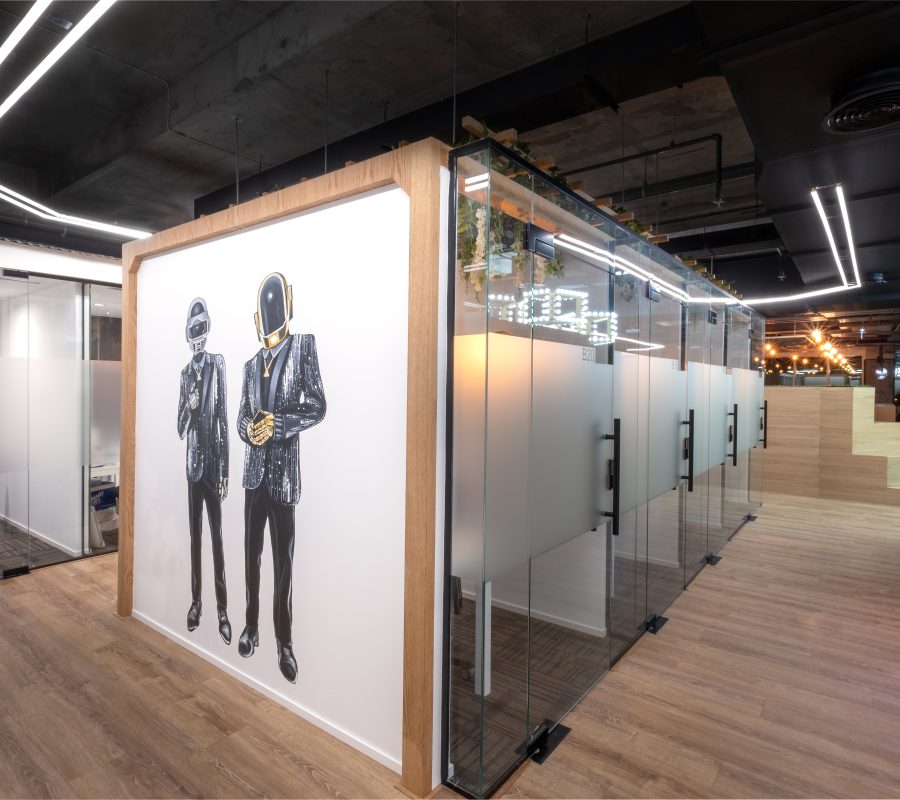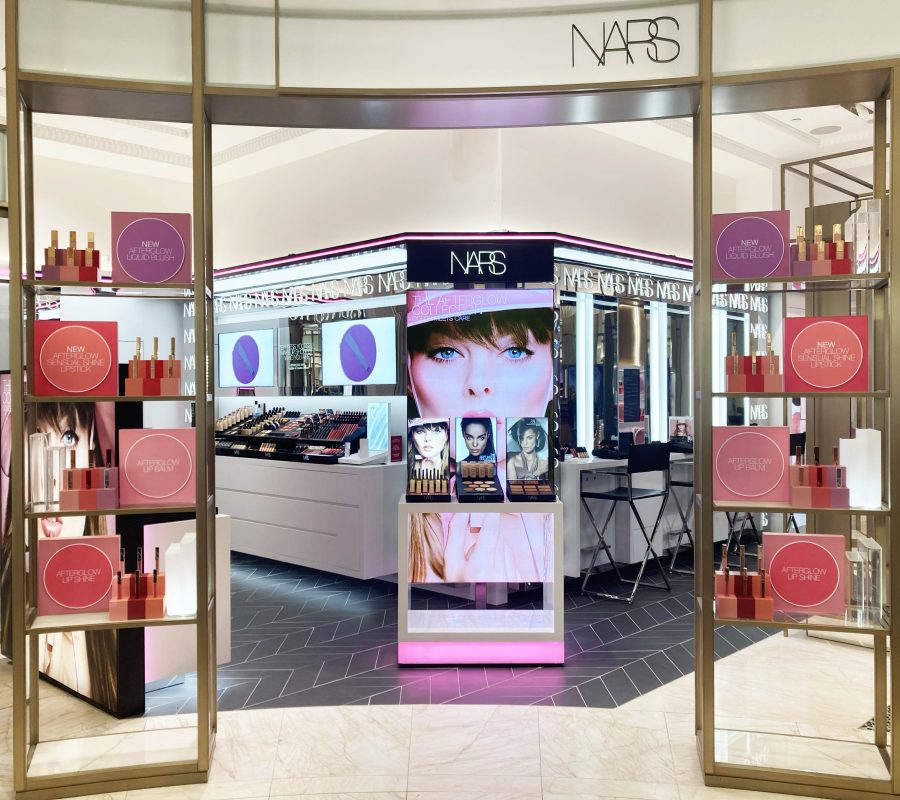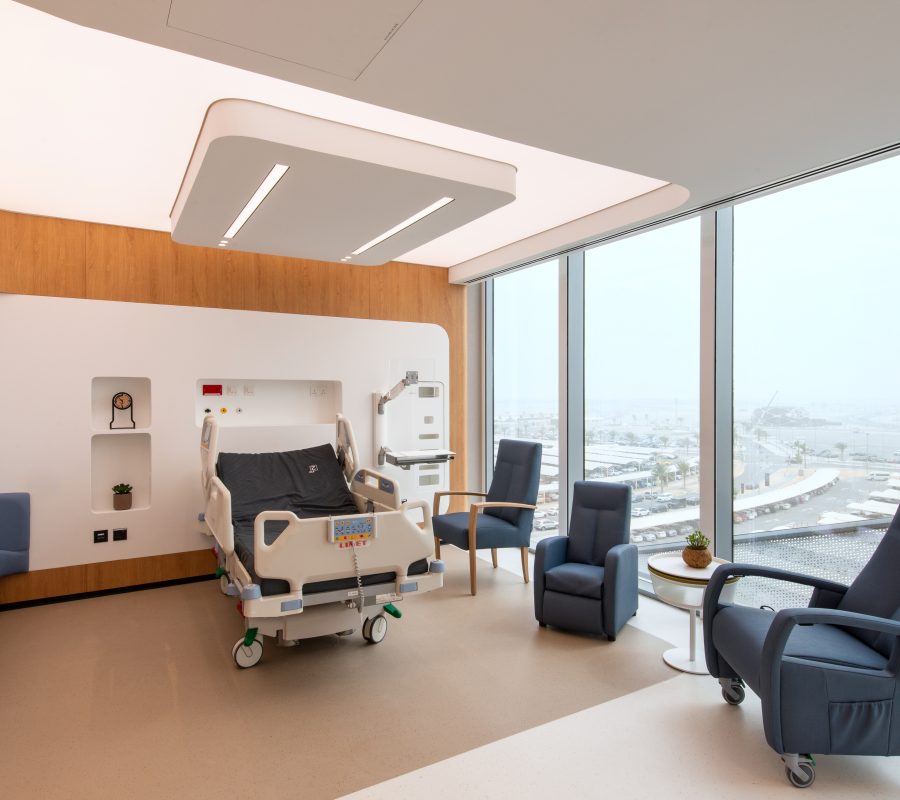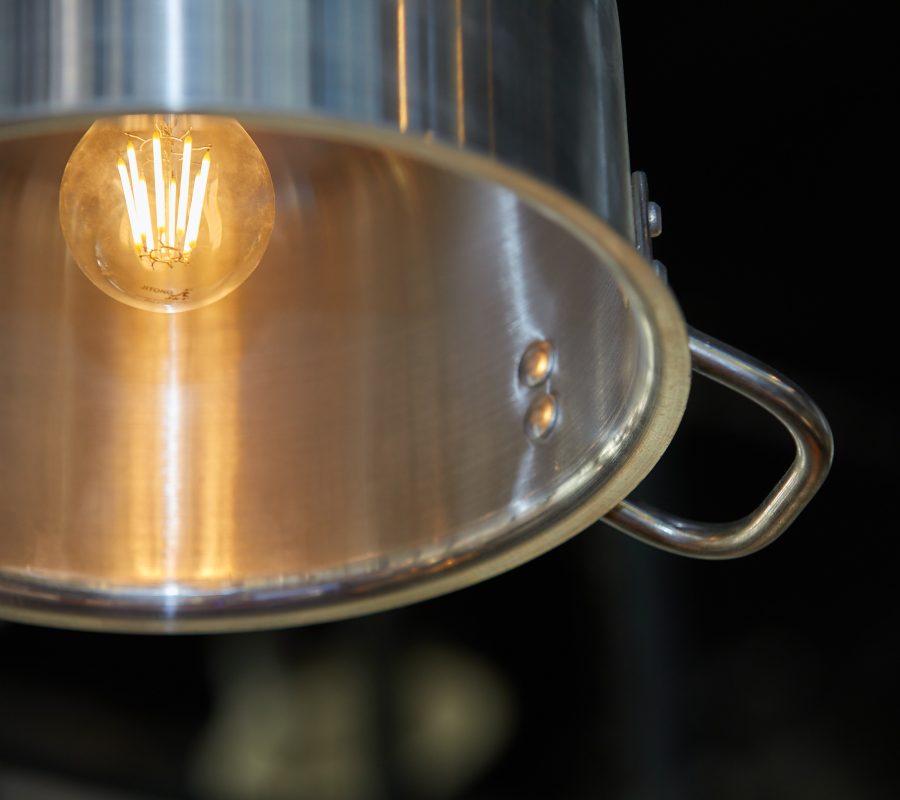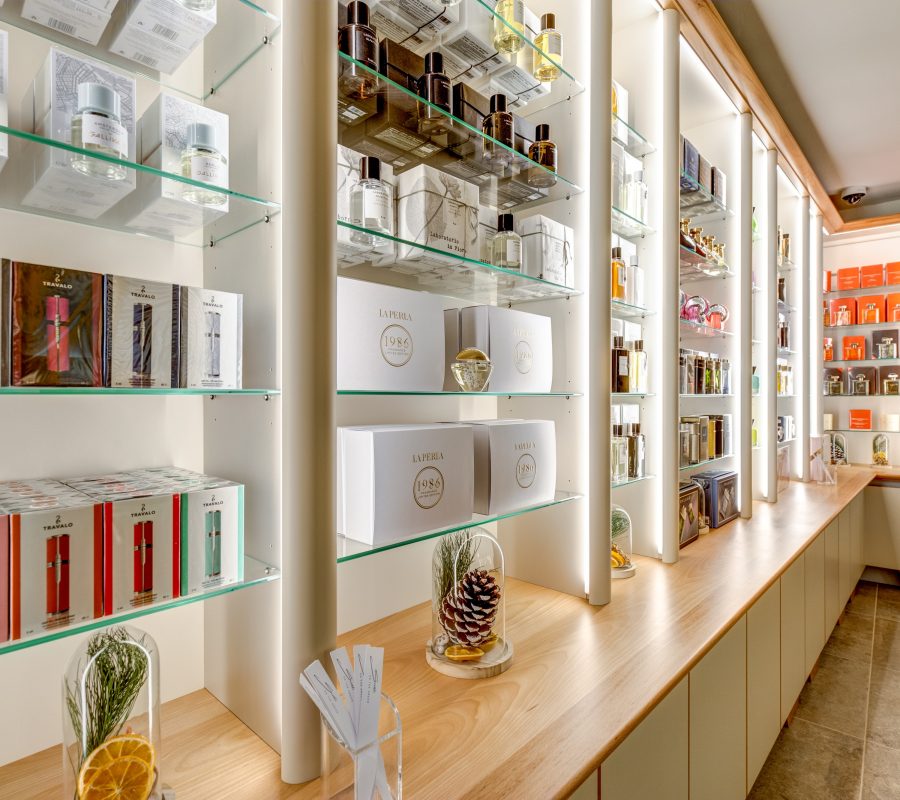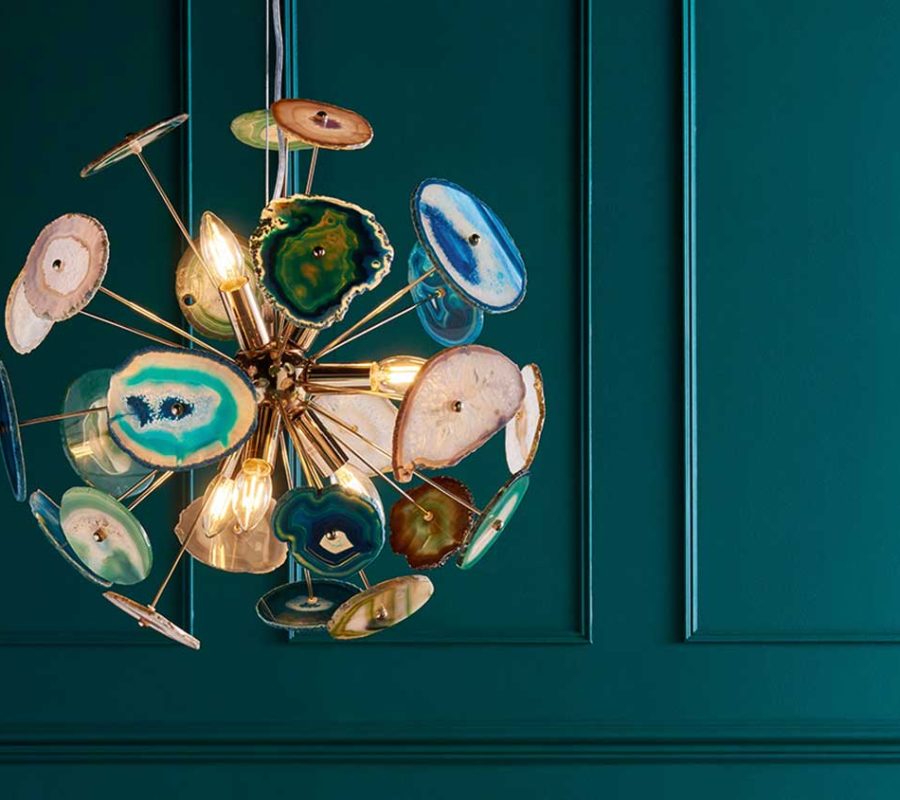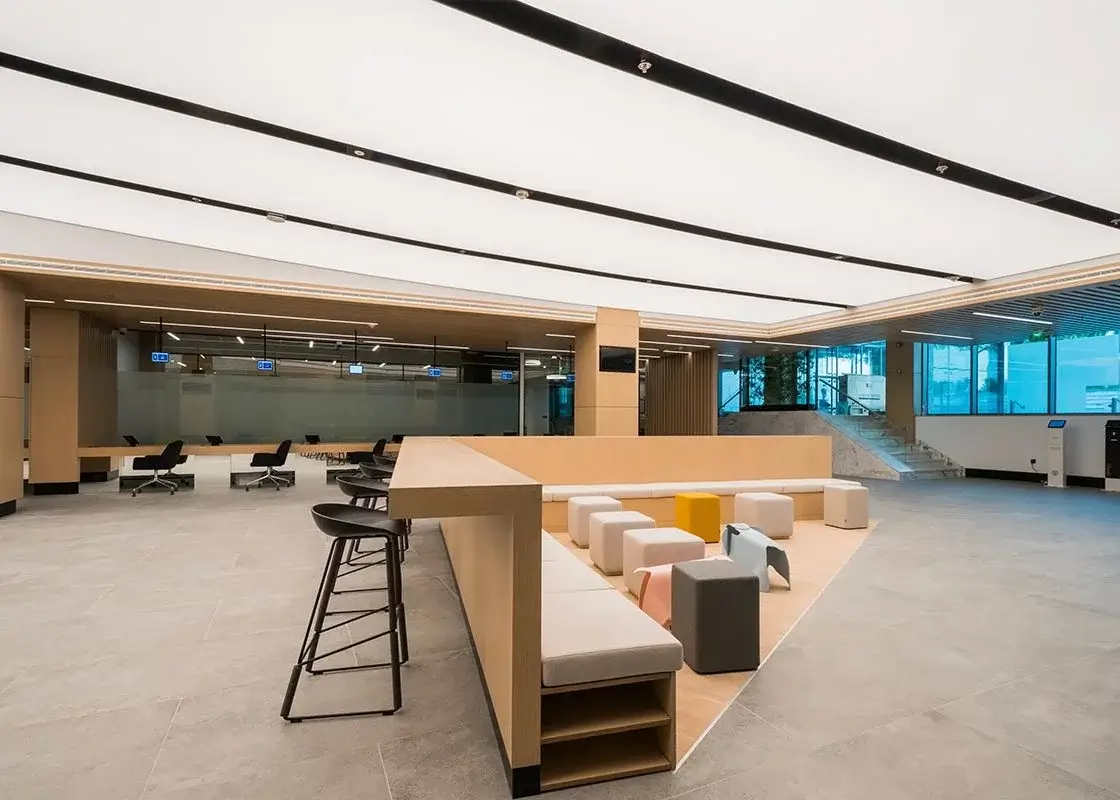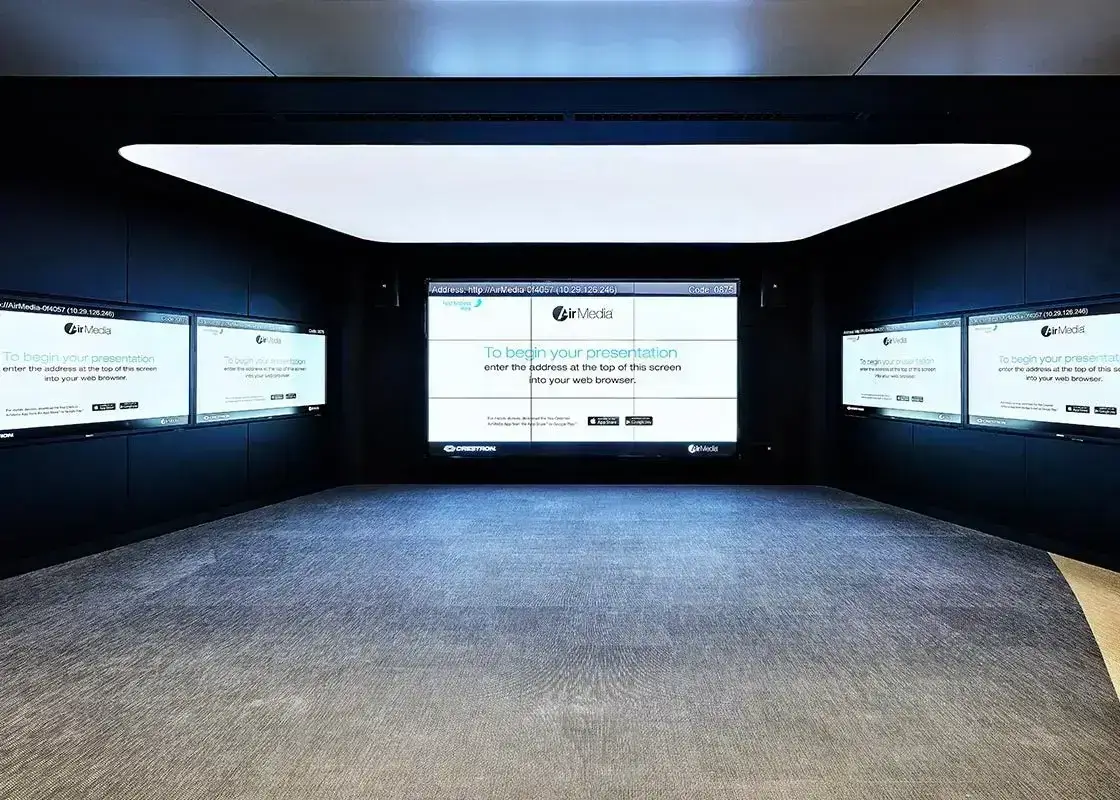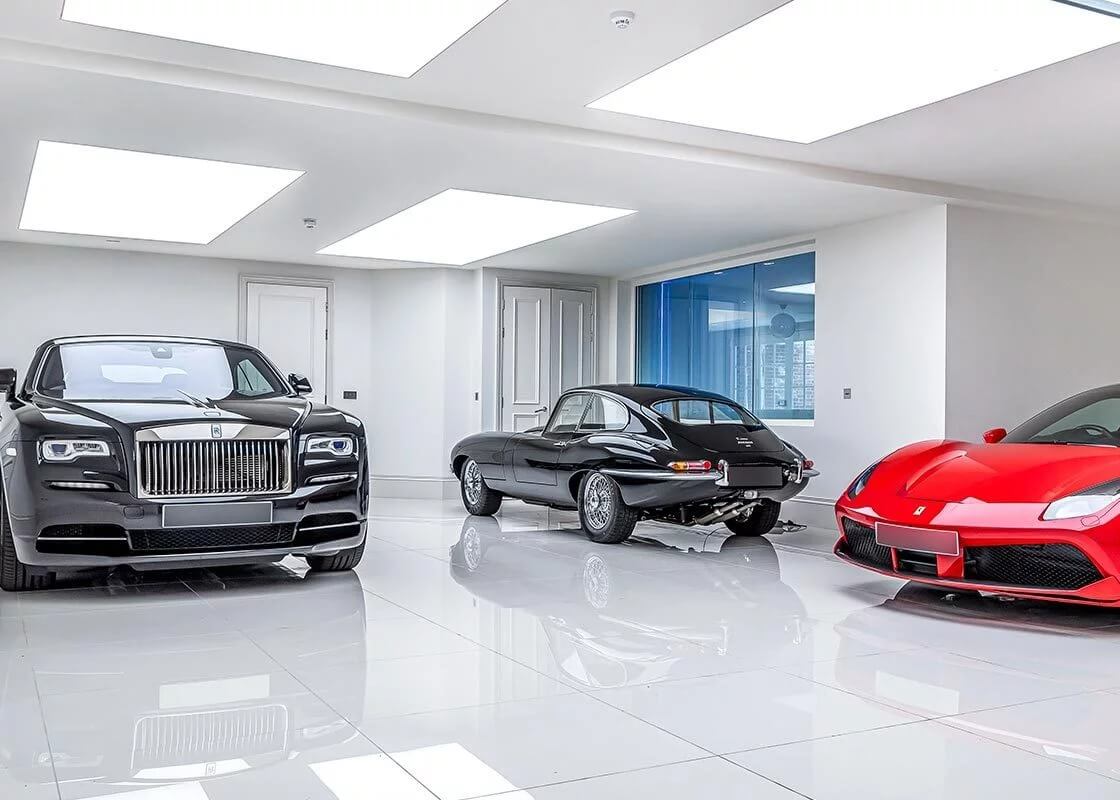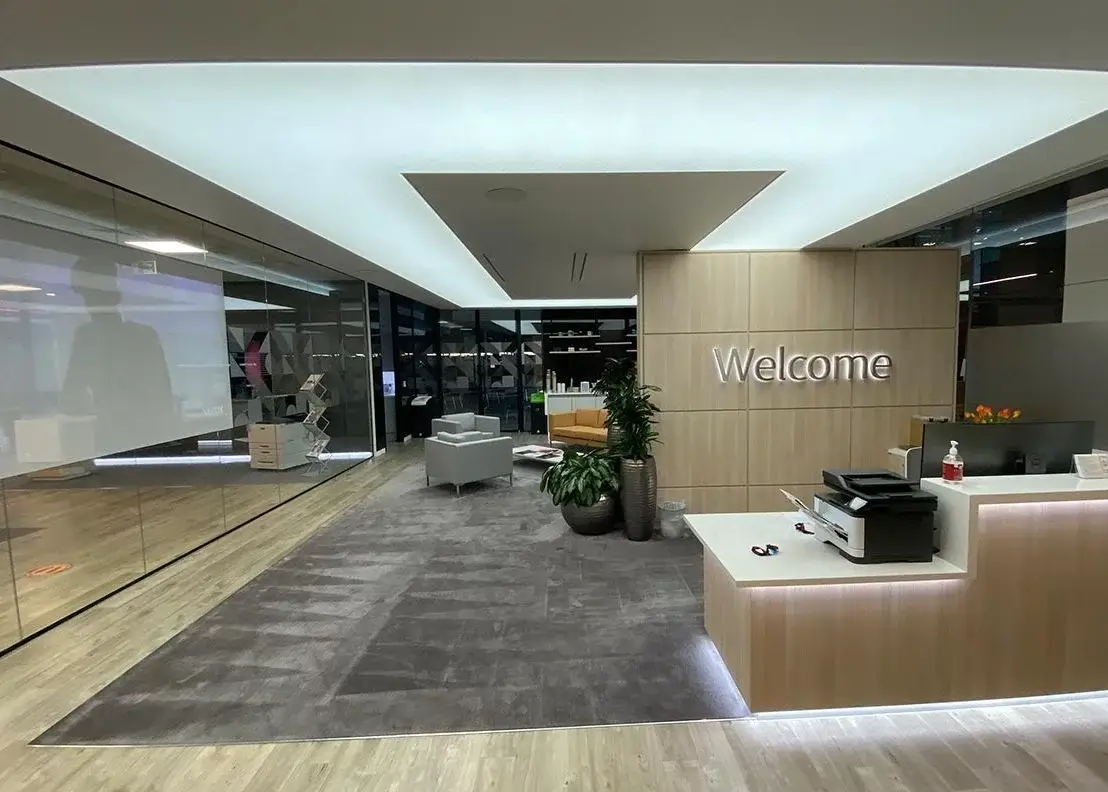Commercial
Latest Trends in Acoustic Wall Coverings
At NGA, we’ve offered acoustic solutions for over 20 years. After many established years in the acoustic design industry, we’ve learned to adapt to the latest trends. Here’s are our take on the latest trends in acoustic wall coverings.
Acoustic wall coverings are becoming increasingly customisable. Our acoustic designers are constantly exploring ways to create personalized patterns, colours, and textures that blend seamlessly with the overall interior design scheme.
Biophilic Designs
Biophilic design principles are influencing many aspects of interior design, including acoustic solutions. Acoustic wall coverings with nature-inspired patterns, textures, and colours can be used to connect indoor spaces with the outdoors, promoting a sense of calm and well-being.
NGA’s acoustic moss walls are a popular choice for biophilic designs. Bringing the outdoors inside has shown throughout multiple studies to have a positive impact on wellbeing and productivity. Moss walls are popular choices in office spaces and hotels as they can cover a large surface area and help with sound absorption. Moss walls are virtually maintenance free, meaning they don’t need sunlight or watering.
PET Felt is a versatile and sustainable acoustic material made from recycled PET plastic bottles. The plastic bottles are cleaned, processed, and transformed into a dense felt-like material through a combination of heat and pressure. This process creates a strong, durable, and sound-absorbing material that has gained popularity in various design and architectural applications. PET Felt can be moulded and shaped into panels, tiles and partitions.
Textured Surfaces
Textured acoustic wall coverings add visual interest and tactile appeal to spaces. Designs with three-dimensional patterns or sculptural elements not only absorb sound but also create unique visual effects.
Wood wool is another popular acoustic material that combines natural wood fibres with a binder. It has a distinct appearance due to its rough texture and is often used for both acoustic and aesthetic purposes. Wood wool’s open-cell structure enables effective sound absorption, helping to reduce echoes and improve room acoustics. The natural and textured appearance of wood wool adds a rustic and tactile element to interior spaces.
Both PET Felt and wood wool offer unique characteristics that make them versatile choices for acoustic design. When selecting between these materials, it’s important to consider the specific acoustic needs of the space, the desired aesthetic and any environmental considerations.
Ceiling Baffles
Ceiling baffles are often used in educational settings to address acoustic challenges and create a conducive learning environment. These baffles are suspended from the ceiling and are designed to improve sound control and speech clarity.
In an educational environment, excessive noise can be distracting for both students and teachers. Ceiling baffles help to control noise, such as footsteps, and outside sounds, reducing distractions and creating a calmer atmosphere.
Ceiling baffles come in various sizes, shapes, and colours, that can be adapted to fit the needs of any space. They can be arranged in visually appealing patterns that complement the overall aesthetics of the space.
Need help with inspiration for your next project? Contact us here for all your acoustic and lighting needs.
